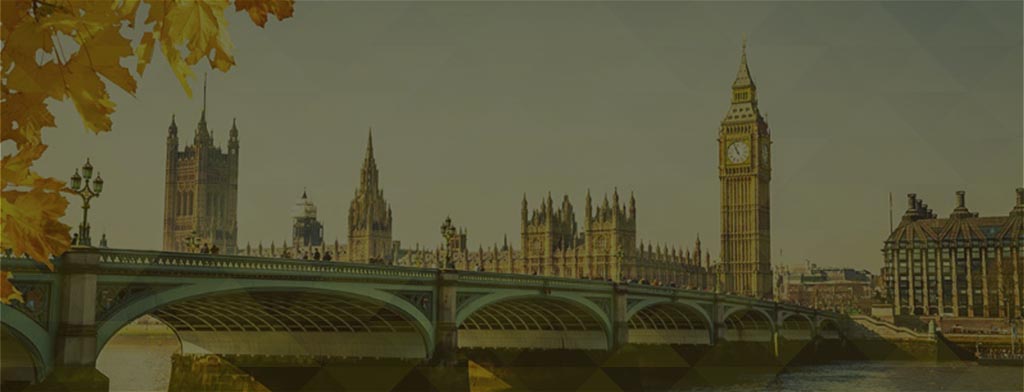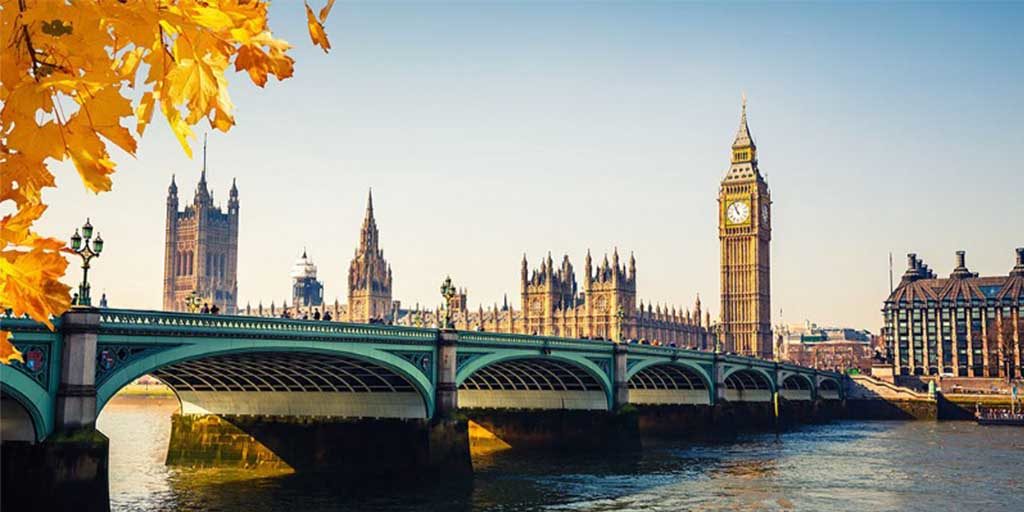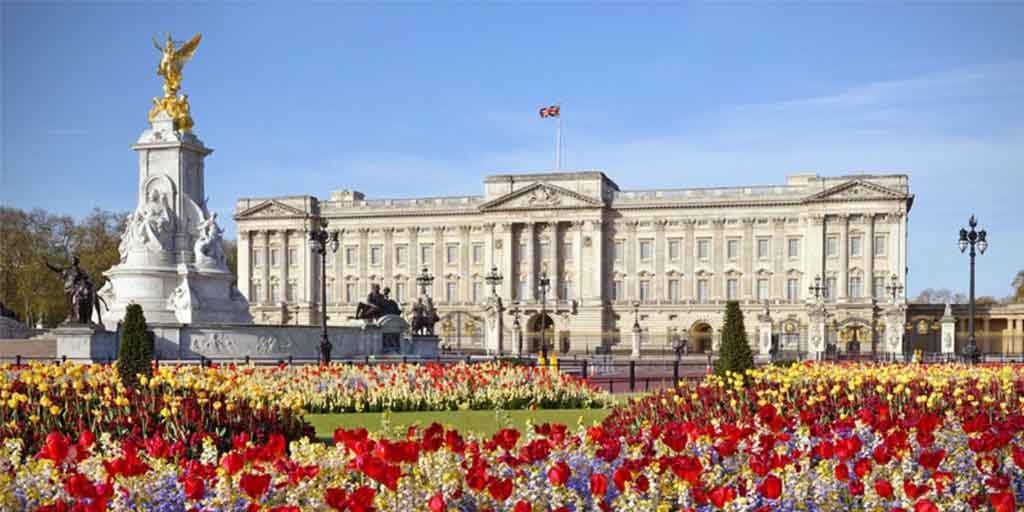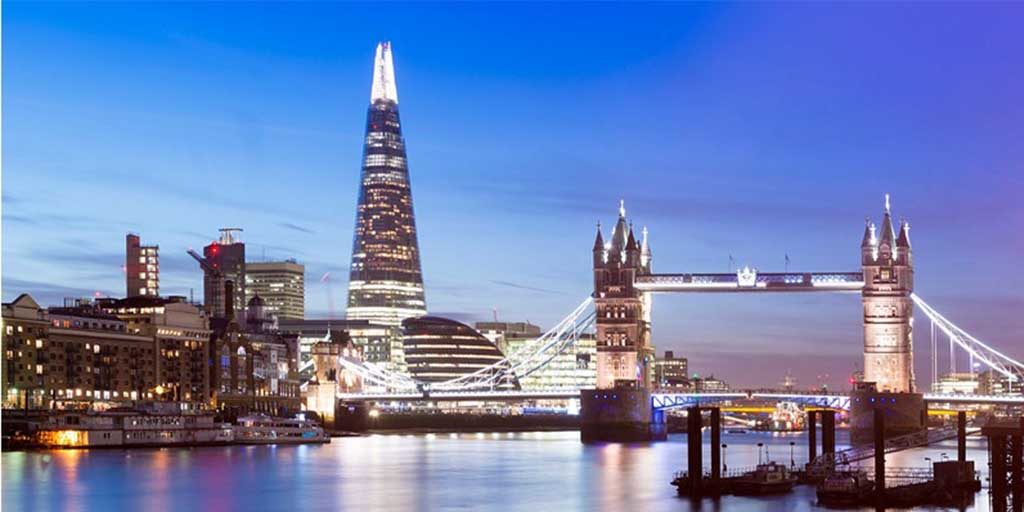London
Bronwyn Hogan, Creative Director, VTQ
Following on from the recent launch of the European Think Global Forum, Bronwyn Hogan has been busy flying in and out of London. If you are heading to London here are Bronwyn’s top 10 things to see in London.
Tower of London
Located on the North Bank of the River Thames in an area known as Tower Hill, the Tower of London is one of the city’s most famous structures. The historic castle is officially called Her Majesty’s Royal Palace and Fortress of the Tower of London. Founded towards the end of 1066 as part of the Norman Conquest of England, the castle served as a secure fortress, royal palace and infamous prison over the centuries and has played a prominent role in the history of England.
The Tower has a reputation of being a place associated with capital punishment and executions, yet, only seven executions took place in the Tower before the World Wars in the 20th century. Executions more commonly took place towards the North of the Tower on Tower Hill.
The Tower is a popular tourist attraction. The Crown Jewels have been housed in the Tower of London since 1994 and are on display to visitors. Some pieces are still regularly used by the Queen of England.
London Eye
The London Eye is the world’s fourth largest Ferris wheel. Supported by an A-Frame on one side on the South Bank of the River Thames, the Eye is 443 ft/135 m tall and has a diameter of 394 ft /120 m. The wheel travels at 0.6 mph/0.9 kph. It takes 30 minutes to do one revolution.
It is currently the most popular paid attraction in London with 3.5 million visitors every year. The wheel has 32 capsules or pods in which visitors travel. Each 10-ton pod takes up to 25 people. The number of the pods is not by chance, it is a representation of the 32 London boroughs. The pods are labelled from 1 to 33. The number 13 has been left out as with many other buildings and structures.
Madame Tussauds
Madame Tussauds is a wax museum in Marylebone, London. It was originally founded by the French sculptor Marie Tussaud (1761–1850). The exhibition shows famous historical figures and celebrities as life-like wax figures. Madame Tussauds has expanded its business significantly and now operates branches in many cities around the world, including Amsterdam, Beijing, Bangkok, Berlin, Delhi, Istanbul, Hong Kong, Las Vegas, Montreal, San Francisco, Shanghai, Sydney, Washington, D.C., New York City, Orlando, Hollywood, Singapore, and Vienna.
Buckingham Palace
Buckingham Palace is the Queen of England’s official residency and has been the official residency of the monarchy since 1837, when Queen Victoria first resided there. The Queen owns other residences including Windsor Castle and Balmoral in Scotland. One can easily tell if the Queen is in residence by the royal standard flag flying on the flag pole on top of Buckingham Palace.
A famous sight at Buckingham Palace is the Changing of the Guards which occurs in the palace forecourt each morning. It represents a formal passing of responsibility, from the Old Guard to the New Guard.
Shard Observation Deck
The Shard’s observation deck is one of London’s most popular viewing platforms. The Shard is a 95 storeys tall development in Southwark, London that is part of the London Bridge Quarter development. It is the second tallest freestanding structure in the UK after the Emley Moor transmitting tower and the fourth tallest in Europe. The Shard was formerly known as the London Bridge Tower. The Shard’s viewing deck is situated from the 68th to the 72nd floors. The 72nd Floor is open to the elements and offers a panoramic view of up to 40 miles/60 kms.
Westminster Abbey
Westminster Abbey was established in 960. It welcomes over one million visitors per year. Its official name is the Collegiate Church of St. Peter at Westminster. Westminster Abbey is unique and does not operate like other churches. Instead of reporting to a hierarchy within the Church of England, the Abbey has a ‘Royal Peculiar’, which it received in 1560, whereby it is responsible directly to the Sovereign. It has been the church used for coronations by the British Monarch since 1066. The most recent coronation goes back to 1953 when Queen Elizabeth II was crowned, making her the longest serving Monarch. It is also used for royal weddings, the most recent one being that of the Duke and Duchess of Cambridge in 2011.
St. Paul’s Cathedral
St. Paul’s Cathedral is one of the largest churches in the world. Situated atop Ludgate Hill at the highest point of the City of London. It was built as part of a rebuilding plan of London after the Great Fire of London in 1666. One of the most famous features of the cathedral is the whispering gallery. Where a whisper at the wall can be heard at any other point around the gallery. The crypt in St. Paul’s Cathedral is the largest in Western Europe, spanning the entire length of the building. The dome sitting on top of the cathedral is the second biggest in the world, second to St. Peter’s in Rome.
The British Museum
The British Museum is the world’s oldest national public museum. It was founded in 1753 and opened its doors in 1759. It was lit by only natural lighting until the late 19th century out of fear of fire from lamps or candles. It therefore often closed early in winter or if there was heavy fog. It became one of the first public buildings to have electric lighting installed. It is also the largest indoor space available for viewing on Google Maps, having broken the modern record in November 2015.
The museum welcomes nearly seven million guests per year. In the past it used to be far more exclusive: Visitors had to make a written application for the ten tickets dispensed per hour for admission.
Big Ben
Big Ben is one of the most recognizable landmarks in London. It is the clock tower which sits on the bank of the Thames and forms part of the Houses of Parliament in Westminster. While the name is often associated with the clock tower it actually refers to the 13.5 ton/13.76 tonne bell which sits on top of the 320-foot/96m high tower. The bell chimes every 15 minutes, with its sound resonating to all within a five-mile radius.
Churchill War Rooms
The Churchill War Rooms includes the original Cabinet War Rooms, built directly beneath Whitehall in 1938. They became fully operational in 1939 before they were eventually abandoned after Japan’s surrender in the summer of 1945.
They contained four main rooms — Churchill’s bedroom and study, the telephone room, the Map Room and the Cabinet Room.
Today, the underground bunkers where Churchill and the War Cabinet held their meetings are available for the public to visit. The maps, books and documents on display have remained in the original positions they were in since the day lights were turned off in 1945.
The Churchill museum, which is part of the War Rooms, has an array of mementos from Churchill’s life on display. Prominent exhibits include a rattle Churchill had as a baby, a drawing commemorating Churchill’s 80th and the flag which draped Churchill’s coffin at his State Funeral in 1965.
This article first appeared in VTQ Magazine.
Read more: https://vtqglobal.com/




